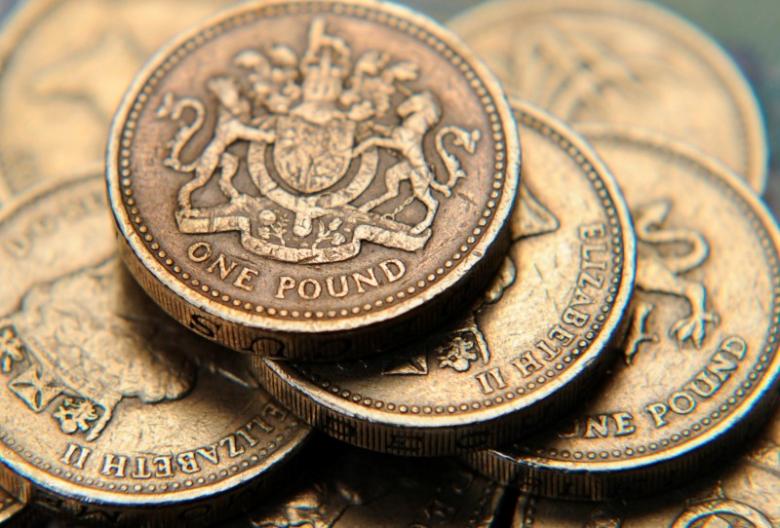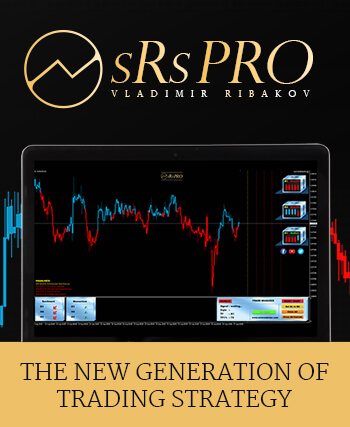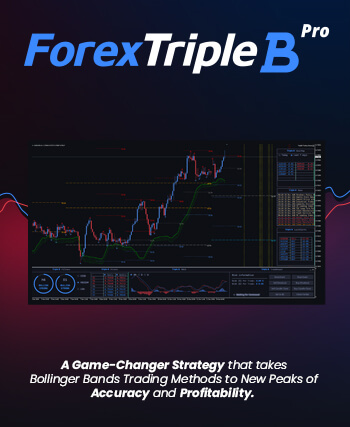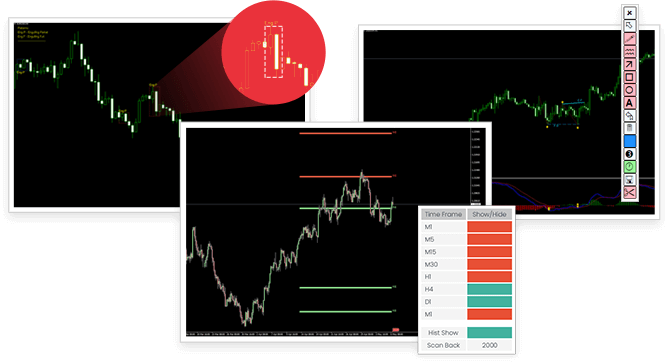
Sterling traded close to a three-week low against the dollar on Friday and was on track for a second week of losses, weakened by the greenback’s sharp rise on expectations for a faster-than-anticipated increase in U.S. interest rates.
The U.S. currency soared to 14-year highs against a basket of currencies this week after the Federal Reserve on Wednesday hinted that rates could rise three times over the course of next year – up from a forecast of two hikes at the Fed’s September meeting.
Sterling – already weaken because of Brexit concerns – skidded along with other currencies, hitting a trough of $1.2378 on Thursday, its weakest since Nov. 23, and closing the day more than 1 percent down – its weakest performance in two months. On Friday it traded flat at $1.2425.
“The main story this week has been dollar strength on the back of the more hawkish signal from the Fed … so that’s leading to broad-based dollar strength as the market prices in more tightening,” said MUFG currency economist Lee Hardman.
The pound has been stronger over the past six weeks, registering its best month in eight years in November and threatening to break back towards $1.30 for the first time since the start of September as worries that Britain will lose access to the European single market faded.
But worries over the start of formal negotiations on Britain’s exit from the bloc, due to start in the first half of next year, continue to weigh.
“The pound is still very undervalued from a long-term perspective so there’s obviously a lot of risk and uncertainty already priced at these levels,” said Hardman.
Against a euro that was stronger across the board after its steep falls on Thursday, sterling fell 0.4 percent on Friday to 83.20 pence.
The pound had tumbled over 16 percent in the wake the Brexit vote, but has since recovered almost half of that. It is now around 9 percent weaker than before the EU referendum.
The Bank of England says this could soften an expected surge in British inflation next year.
“While the BoE reiterated two-way risk to policy (on Thursday), it seems that markets remain set in an ‘inflation nutter’ mindset and continue to view the Bank’s recent GBP-induced inflation concerns as a hawkish shift,” said ING currency strategist Viraj Patel.
“Cyclical divergence between the UK and U.S. economies is becoming more apparent and this is likely to drive sterling below $1.20 in 2017.”
Source: Reuters






















Good one, keep posting new updates
Thanks for the analysis Vlad